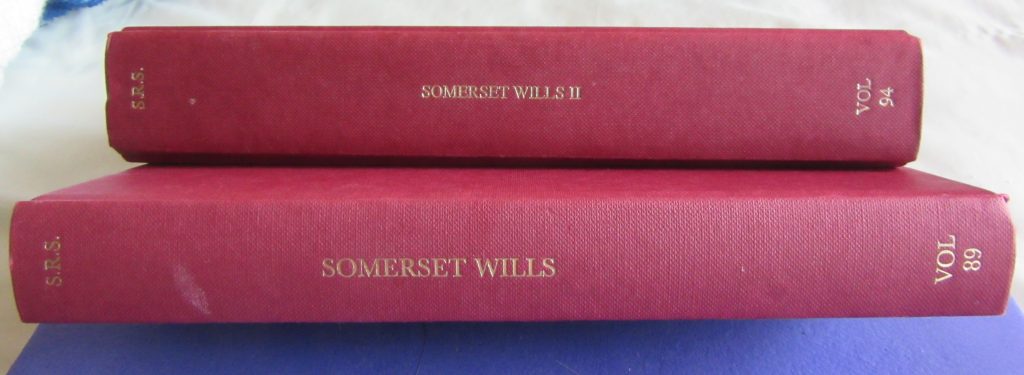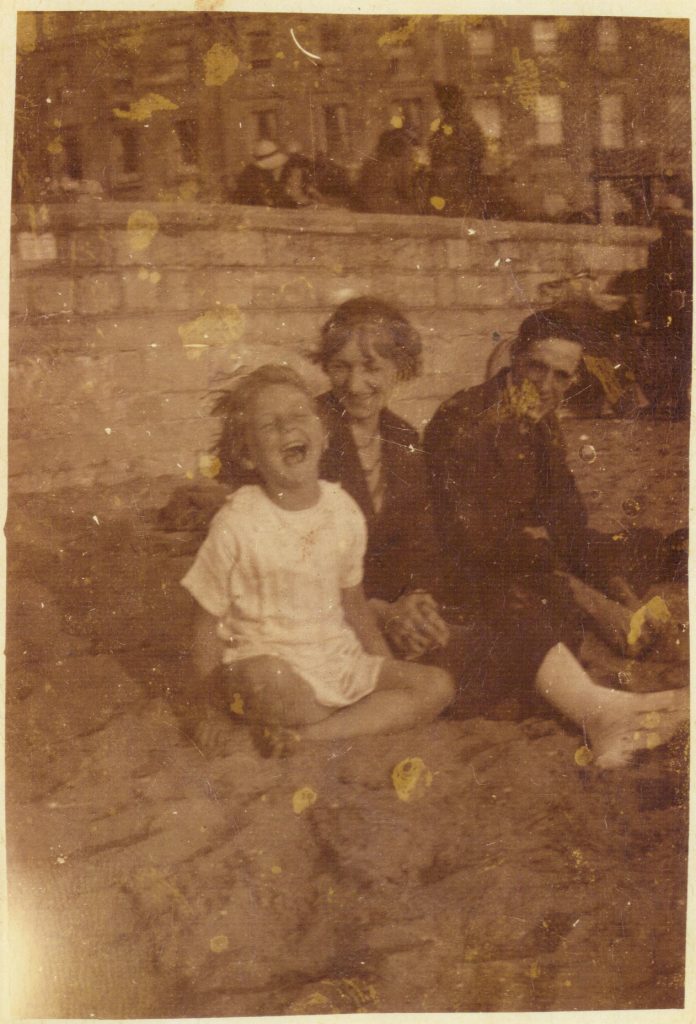A few months ago, I wrote a post about the search for a connection in my family to the Stourton family of Wiltshire. Anyone who has been to Stourhead may know that it was the site of the family seat for some time. Although, there was the tricky business of being Catholics in a Protestant country and therefore fleeing England for a time. It was sold by the family at some point too. If you visit the Church, there are memorials to the Stourton family. [Note: This post was written in September 2020, please check current restrictions and guidelines before travelling or visiting anywhere]
There is a theory in my family that we are related to the Stourtons via the Sydenham family (also quite a prolific Somerset Medieval family). My last post on the subject talked about the History of Parliament Online and how it can aid in the search for Medieval ancestors. My search is still ongoing for that elusive connection, but in the process of my research, I have come across some further resources that are definitely worth exploring.
Local publications
Sometimes the results of a Google search, or something from those results, can prove enlightening. One of my Google searches for a particular place associated with my Sydenham family in the late 1500s, proved just that. It led to an online version of a Somerset Record Society publication, itself a publication of an earlier work. This work was entitled “The Particular Description of the County of Somerset” and was thought by the editors to have been drawn up by Thomas Gerard of Trent in 1633. This particular work is interesting to me because it contains descriptions of places and partial histories or coats of arms associated with those places. It is much like a Victorian Gazetteer, but from the 1600s. It doesn’t give me the exact answers I am looking for, but it does give me some more clues which I can add to those I already have. I do feel that Medieval genealogy can be like a jigsaw, but with a partial (or no) picture! You collect pieces of information and then try to work out how they fit together.
This Somerset Record Society publication gave me further terms to search for and in one of those searches, an online volume of Notes & Queries for Somerset & Dorset popped up. Again, it didn’t give me all the answers, but it did give me some more clues. I have now searched the Somerset Heritage Centre’s online catalogue and come up with various documents that may give me more pieces of the puzzle.
 |
| The SRS Somerset Wills publications- I was left these by a relative! © 2020 Shersca Genealogy. |
Somerset Record Society (SRS)
So why am I mentioning these publications? My point here, is to say that published editions of local historical records and journals are well worth searching, especially if the ancestors you are looking for are of the more Medieval persuasion. The Somerset Record Society have published over 97 volumes since 1886. They concern a variety of records relating to Somerset and they are published with the aim of making these records available in print. This is especially helpful for records that could be more difficult to access or are no longer available. The poor survival rate of Somerset Wills is well known, but the SRS have two volumes containing abstracts of Somerset Wills made before the destruction occurred. These are part of a small group of invaluable documents relating to Somerset Wills.
But the SRS has published much more than just Wills. Searching an old version of the list of their volumes, the records range from Medieval Feet of Fines, to 17th Century Quarter Sessions records, to some non-conformist records. The emphasis does seem to be on records ranging from the Medieval, up until the 1600s. These are generally harder to access for the public at large and are perhaps thought more valuable to commit to print.
It is not just Somerset however, that has a Record Society. The Royal History Society website has a list (linking to websites) of English Regional History and Record Societies. There are both county and town/city based societies, as well as a link to the Société Jersiaise in Jersey. It is certainly worth exploring what societies exist for your county or area. General history sources are just as useful as genealogical ones. Firstly, it gives you an idea of the history of the area you are researching and secondly, you might just get lucky enough to find your ancestor.
Notes & Queries for Somerset and Dorset
Notes & Queries for Somerset and Dorset is also a long running publication, having been in print since 1888. It differs from the SRS as it publishes articles more than actual records. But these articles take in a wide range of topics, including those of historical and genealogical interest. There might be articles on architecture or local dialect, just as long as it relates to Somerset or Dorset. Again, this set of journals have a twofold use for genealogists and family historians, i.e. the information they can give you about an area and about the people that lived there. Although, you do have to remember that sometimes it is the more notable people tend to end up being studied.
British Association for Local History (BALH)
Another notable source for local history, is the British Association for Local History (BALH). They produce a journal four times a year, which contains articles about various aspects of local history. Their journal might be a little more general than a county or regional society may be, but you never know what you might find. Looking at the contents of volumes from the last few years, the topics are very diverse. All different parts of the country are represented, as are a variety of time periods and aspects of social history. At the time of writing (September 2020), the BALH have made all but the most recent issue free to download due to the current pandemic. I can certainly see myself browsing the titles soon!
 |
| Stourton Church, Wiltshire. Memorials to the Stourton family can be found here. © 2020 Shersca Genealogy. |
Where can they be found?
As for access to the SRS publications and Notes & Queries, they are more easily accessible than you might think. The societies themselves obviously sell copies and may have specific deals for members. But local libraries and institutions will often have copies too. The Somerset Heritage Centre has copies of both SRS and Notes & Queries. Notes & Queries has a helpful section on their website which lists where you can find the publications. For access in a time like this where travelling is not so easy, Notes & Queries has some versions digitised on both FindMyPast and the Internet Archive (www.archive.org). The SRS also has some digitised copies on the Internet Archive. Don’t forget to check online with institutions like The Hathi Trust too.
If Somerset societies and publications are online, then there are likely to be others for other counties. There are likely various societies and local journals that relate to your county or area of interest. There are probably many more relating to Somerset that I couldn’t fit in this blog post!
As for the Stourtons, the saga continues! I now have more puzzle pieces, so the search goes on….
© 2020 Shersca Genealogy.


